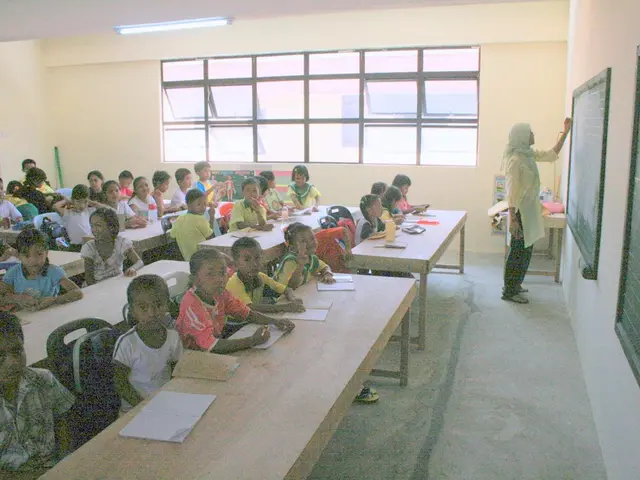India's Space Missions Spark Student Interest in STEM
India's space missions are sparking student interest in STEM fields, with the government and private industry opening up job opportunities and courses. This move aligns with the country's third-largest startup ecosystem and focus on STEM education to create a skilled workforce.
STEM education is crucial for shaping young minds and fostering logical reasoning, critical thinking, and problem-solving aptitude. The use of latest gadgets in STEM education offers a gamified experience, encouraging students' interest in coding, robotics, and engineering. The Atal Innovation Mission and Atal Tinkering Labs promote innovation mindset in schools, with nearly 9,000 schools participating nationwide.
India's science, technology, and innovation ecosystem boasts 23 IITs, Indian Institutes of Information Technology, and numerous engineering and technology colleges. However, while women constitute 40% of undergraduate science students and 30% of engineering students, only 12% of scientists and 12.7% of working engineers are women. Initiatives like the Indian Science, Technology and Engineering facilities Map (I-STEM) aim to bridge this gap by hosting various scientific programs and R&D facilities.
The Indian government's focus on STEM education, coupled with private industry involvement, is expected to create more jobs and courses in STEM fields. This will not only help shape young minds but also address the gender imbalance in science and engineering sectors. The use of latest gadgets and innovative teaching methods will further propel students' interest in these areas.







